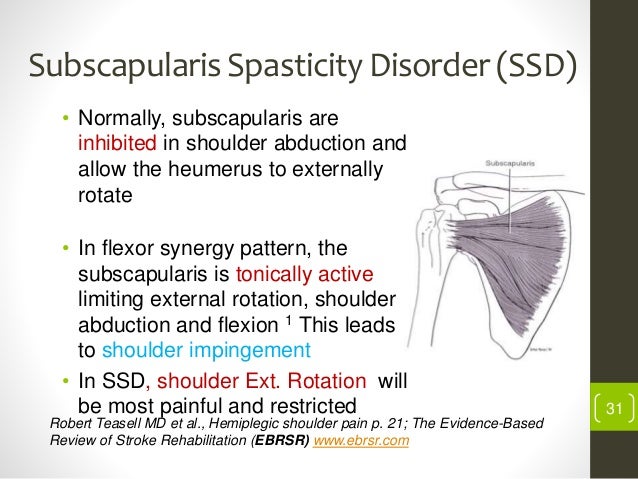
The end result is a newly formed pattern of compensation, which also redirects an inappropriate amount of stress to adjacent joint components.Īn example of this is the Upper Cross Syndrome, a strength and postural imbalance of the shoulders and Thoracic Spine. Without an adequate strength balance or sufficient Range of Motion, the mechanoreceptors (nerve sensors) around individual joints send messages to the Central Nervous System to change or alter Movement Patterns through that joint. Planned diversity in Movement Patterns will help restore a functional level of balance to the joints in terms of strength and Range of Motion. Using a variety of Movement Patterns in a training program helps to reduce the effects of repetitive movements and eliminate the risk of injury.Įmploying various Movement Patterns throughout training will ultimately lead to improvements in both Mobility and Stability, which positively affect movement quality and performance. In short, when the body moves through a diverse selection of Movement Patterns, the risk of overuse injury (due to repetitive movements) is lessened. This reduces the effect of repetitive movements that can lead to both strength imbalances and postural dysfunctions in the body. This training technique uses a wide assortment of exercises which forces the joints to work in a larger variety of directions. Synergistic Training will improve movement quality by intentionally eliminating strength and postural imbalances.
#Muscle synergy pattern backwards feet movie
The movie Miracle uses the 1980 USA Hockey team as a perfect illustration of synergy at work.
#Muscle synergy pattern backwards feet full
In other words, synergy is the act of individual parts complimenting one another and creating better results, such as more stability and force output in movement, together than they could while working independently (and at full capacity). Another way to look at synergy is an act of effective cooperation verse independent or isolated actions as captured in the saying, ‘two heads are better than one.’įrom a technical aspect, synergy is the mathematical/mechanical concept that describes how segments (individual parts) work together to produce a higher magnitude (value) than all of the segments (parts) working independently at full capacity.

Simply speaking, synergy is the occurrence of the whole being more than they sum of the parts. Synergistic training is a training technique that intentionally blends various training modes with a diverse exercise selection in order to create a holistic and balanced structure of training stimuli (training stress) that will maximize gains in strength, reduce the risk of injuries, and improve performance. In training and prehabilitation, synergistic training can be used to greatly enhance mobility, stability and strength.


 0 kommentar(er)
0 kommentar(er)
